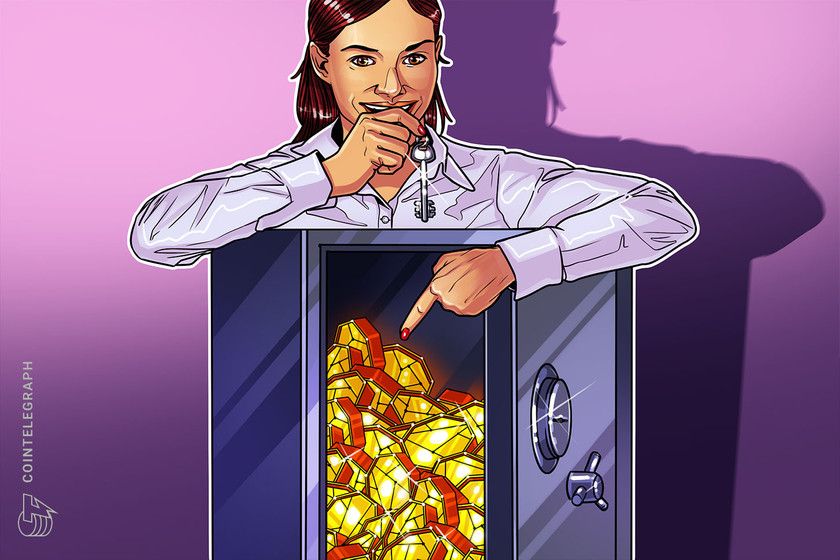How stable are stablecoins in the FTX crypto market contagion?
The collapse of crypto exchange FTX has hit the crypto world like a tropical storm. It is worth asking once again: how stable are stablecoins?
 Analysis
Analysis
If the FTX collapse in early November was crypto's "Lehman moment" - as more than a few pundits have suggested - will the FTX contagion now spread to stablecoins? After all, market leader Tether (USDT) briefly lost its peg to the US dollar on November 10. Normally, this could have sounded the alarm.
But, these are not normal times.
In fact, in the days following FTX's November 11 bankruptcy filing, the "dominance" of stablecoins, i.e. the sector's share of overall cryptocurrency market capitalization , rose to 18%, an all-time high. Bitcoin (BTC), Ether (ETH), and most altcoins seemed to feel the pain of the FTX crypto-exchange implosion, but stablecoins did not.
But what awaits longer-term stablecoins? Will they really emerge from the FTX fiasco unscathed, or does the industry need to be shaken up? Are stablecoins (still) too opaque, under-collateralized and unregulated for investors and regulators, as many claim?
The collapse of Bahamas-based crypto exchange FTX has hit the crypto world like a tropical storm, so it's worth asking once again: how stable are stablecoins?< /p> Is the contagion spreading?
“Cracks in the crypto ecosystem are growing, and it would not be surprising to see a significant unpecking event” in the future, Arvin Abraham, UK-based partner at law firm McDermott Will and Emery, Cointelegraph said. Stablecoins that use other cryptocurrencies for their asset reserves, rather than fiat currencies like the euro or US dollar, are particularly at risk, he said.
“There is evidence that the FTX contagion has spread to stablecoins,” Ryan Clements, assistant professor at the University of Calgary School of Law, told Cointelegraph.

The collapse of crypto exchange FTX has hit the crypto world like a tropical storm. It is worth asking once again: how stable are stablecoins?
 Analysis
Analysis
If the FTX collapse in early November was crypto's "Lehman moment" - as more than a few pundits have suggested - will the FTX contagion now spread to stablecoins? After all, market leader Tether (USDT) briefly lost its peg to the US dollar on November 10. Normally, this could have sounded the alarm.
But, these are not normal times.
In fact, in the days following FTX's November 11 bankruptcy filing, the "dominance" of stablecoins, i.e. the sector's share of overall cryptocurrency market capitalization , rose to 18%, an all-time high. Bitcoin (BTC), Ether (ETH), and most altcoins seemed to feel the pain of the FTX crypto-exchange implosion, but stablecoins did not.
But what awaits longer-term stablecoins? Will they really emerge from the FTX fiasco unscathed, or does the industry need to be shaken up? Are stablecoins (still) too opaque, under-collateralized and unregulated for investors and regulators, as many claim?
The collapse of Bahamas-based crypto exchange FTX has hit the crypto world like a tropical storm, so it's worth asking once again: how stable are stablecoins?< /p> Is the contagion spreading?
“Cracks in the crypto ecosystem are growing, and it would not be surprising to see a significant unpecking event” in the future, Arvin Abraham, UK-based partner at law firm McDermott Will and Emery, Cointelegraph said. Stablecoins that use other cryptocurrencies for their asset reserves, rather than fiat currencies like the euro or US dollar, are particularly at risk, he said.
“There is evidence that the FTX contagion has spread to stablecoins,” Ryan Clements, assistant professor at the University of Calgary School of Law, told Cointelegraph.
What's Your Reaction?






















